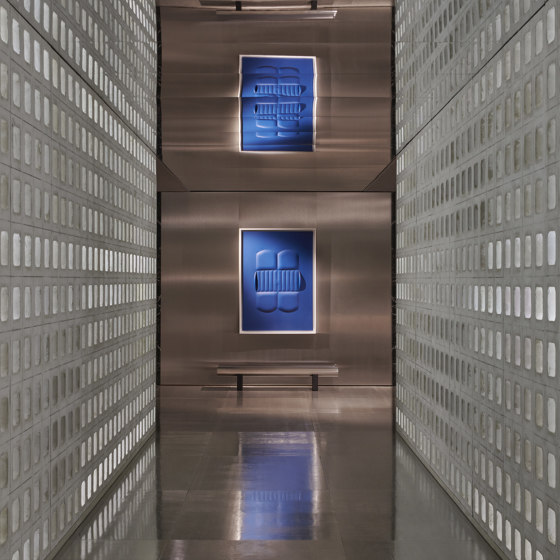Wayfair’s top management reflects on ‘Year of the Reset’ and the path forward
After a "reset" period, Wayfair's leadership outlined their approach going forward in a recent letter to shareholders.

BOSTON — A four-pronged strategy to “keep away competitors and draw in customers” is the result of Wayfair’s recent 18-month “reset.”
In an end-of-year letter to shareholders, Wayfair’s co-founders and co-chairmen Niraj Shah and Steve Conine reviewed the steps the online home furnishings retailer has taken to recover business in a post-COVID environment, while also outlining how they plan to build for the future.
Calling it the “Year of the Reset,” Shah and Conine wrote that the past 18 months “have at times been very difficult, very productive, very rewarding and sometimes all three simultaneously.”
The letter acknowledges that the company’s “core recipe” was weakened by COVID and its organizational model “had become inefficient, expensive and bloated.”
Mid-year in 2022, the decision was made to reduce the size of its workforce, which was further cut in January 2023 and once more in January 2024, the last time, rebuilding the organization from the ground up. While still early in the process, “it does seem like we are getting more done, and faster, and a lower cost,” they wrote. “It also feels like we have the right level leaders in charge of the right things.”
Shah and Conine described the current home goods market as large, largely unbranded and with customers who want items that reflect their own style, resulting in “vast selection being available from a large number of suppliers.” Additionally, many of these items are bulky, hard to deliver, damage prone and purchased infrequently.
Describing its solution as “moats” to keep out competitors while attracting consumers, Wayfair’s founders outlined a four-step approach covering brand, logistics, curation and physical retail.
On brand, they said, in Wayfair “we have built a well-known and loved household brand in the mass segment” and have augmented that with specialty brands AllModern, Birch Lane and Joss & Main and its luxury nameplate, Perigold.
“While the landscape of home retailers is very fragmented, we believe we can build a stable of well-loved brand that each has a strong customer following.”
Addressing logistics, Wayfair is looking to “widen this moat” by offering scheduled delivery, allowing customers to choose the date and time of large-item delivery; consolidated delivery, which would deliver all items, large or small, on the date of choice; deluxing, a program under which items are inspected and repaired in transit to ensure successful delivery and lower costs for larger items; and haul away, removing items no longer wanted such as a mattress that is being replaced.
“Every 1% we reduce our logistics cost provides either an incremental margin benefit or an opportunity to provide even lower retail prices or a combination of both,” the letter said.
The curation element focuses on having both better selling and high-reviewed, low-damage items curated into its brands. “In a catalog of tens of millions of items, allowing the best items to shine helps our customers, our suppliers and Wayfair,” they wrote.
In the company’s earnings call, Shah elaborated on the curation piece, saying it is about building up their own brands and being thoughtful in the suppliers they pick.
While saying they are early in the physical retail journey with fewer than 10 stores, “we see the large potential and are thoughtfully investing in it,” including opening its first Wayfair store in Wilmette, Ill., in May. “We already have everything one needs to be a nationwide brick-and-mortar retailer, other than the stores themselves.”
They also shared three key learnings about growth and profitability as they seek to get above 10% adjusted EBITDA, grow free cash flow and reduce share count:
- “We should expect very high levels of return from a very small amount of invested capital;
- “Headcount investments are often not inherently productive…a small team can accomplish more than large team;
- “The highest returns can come from a very small amount of money being invested in a very high return activity, but over an extended period.”
See also:
What's Your Reaction?

















































